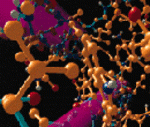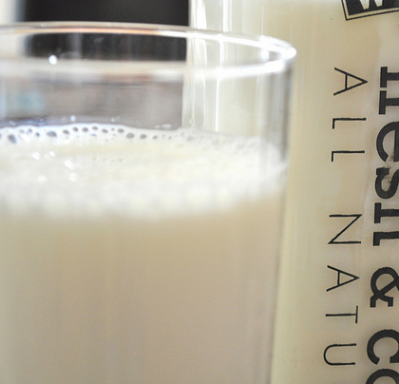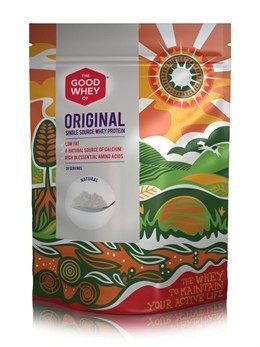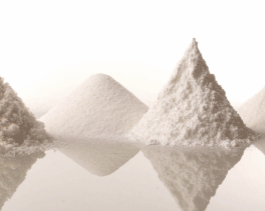Nitrogen conversion factor issue risks ‘undervaluing’ quality dairy protein, Volac

Suzane Leser, nutrition manager at Volac Lifestyle Ingredients told our sister site NutraIngredients.com on February 10 that the EFSA opinion – contained in its new scientific opinion that deals with the setting of dietary reference values (DRVs) for protein – could potentially conflict with the new Food Information Regulation (FIR).
Whereas EFSA’s Panel on Dietetic Products, Nutrition and Allergies ruled that – when indicating a product’s potential to supply amino acids – industry should use nitrogen conversion factors (N) specific to the food (N x 6.38 for dairy products under Directive 92/46/EEC), the FIR stated that N x 6.25 should be used as a standard conversion rate for all proteins.
Specifically, Annex 1 to the FIR defines ‘protein’ as“the protein content calculated using the formula: protein = total Kjeldahl nitrogen × 6.25”.
But Leser argued that protein levels based on N x 6.25 typically underestimated the true protein contribution from high quality sources such as dairy and overestimated it from low quality sources.
Since dairy products were traded with protein N x 6.38 there would be unnecessary over-supply, she argued, assuming that customers correctly declared protein levels in compliance with N x 6.25.
Underplaying dairy's nutritional value
Mark Neville, head of lifestyle ingredients at whey protein- and lactose-based ingredients firm Volac told DairyReporter.com last week:“We should get this stuff right. When you underplay the nutritional value of dairy, it’s costing the planet resources, and that’s not where we want to be.”
Neville added:“We want dairy products to go further, and it could do if we gave it its true nutritional value in terms of protein, which in future will be the nutrient that is the scarcest of the macronutrients. So we need to make sure we don’t undervalue dairy protein.”
“To make matters easier for people they’re saying [within the FIR] that the conversion factor for all protein is N x 6.25, and if you make a blended product with an array of proteins then potentially it makes sense, but if you have dairy protein, why underplay its value?
“We sell to our customers on the basis of x 6.38 as a legal basis. They take that product and put it in another container with no other type of protein in there, but must do so at x 6.25. They’re losing money as soon as they buy it. It’s like driving a new car out a showroom,” Neville said.
Presented with Volac’s concerns, an EFSA spokeswoman told DairyReporter.com that they were raised by the firm and others during a public consultation on the draft scientific opinion, and the NDA panel had considered them.
EFSA responds
No change to the scientific opinion was necessary, EFSA said, on two counts. Firstly, for labeling purposes (for assessment of protein intake), and dietary reference values for protein,“there is agreement that a conversion factor of 6.25 (enforced by EU food labeling legislation) is used for the calculation of the (crude) protein content of a food from the total nitrogen content”.
She added:“Previous Dietary Reference Values [of which population reference intakes (PRIs) comprise one set of values] for protein published by various national and international authorities all used a nitrogen conversion factor of 6.25. This is reasonable also with respect to the fact that the PRIs derived are applicable both to high quality protein and to protein in mixed diets.”
Secondly, the EFSA spokeswoman said:“For other purposes than stated above, protein specific nitrogen conversion factors can be used, e.g. if the objective is to indicate a food’s potential to supply amino acids.
“In this case, conversion factors based on the amino acid composition of a protein have been proposed to define more accurately the true protein content of different foodstuffs,” she added, referencing Agence Française de Sécurité Sanitaire des Aliments (AFSSA) 2007 and Scientific Committee on Food (SCF) reports, referred to in EFSA’s opinion
.







